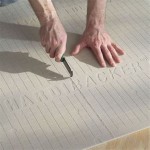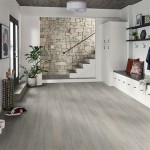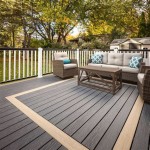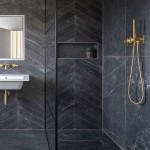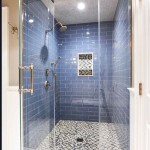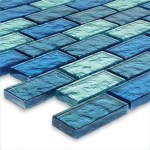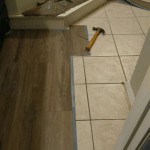Can I Use 1/4" Backer Board for Floor Tile Installation? Instructions
Backer board, also known as cement board, is a common substrate used for tile installation. It provides a smooth, durable surface that's resistant to moisture and can help to prevent cracking or movement in the tile. While 1/4" backer board is often used for wall tile installations, it's not typically recommended for floor tile installations due to its thinner thickness.
Using 1/4" backer board for floor tile installations can lead to several challenges. The thinness of the board may result in insufficient support for the tile, leading to cracking or movement over time, especially in areas with heavy foot traffic. Additionally, the board may not be strong enough to withstand the weight of the tile and mortar, potentially causing it to sag or break.
While 1/4" backer board is not ideal for floor tile installations, there are situations where it might be suitable, such as in small areas with light foot traffic. However, it's generally advisable to use a thicker backer board, such as 1/2" or 5/8", for most floor tile installations.
Understanding the Importance of Backer Board Thickness
The thickness of the backer board plays a crucial role in its ability to support the weight of the tile and mortar. Thicker backer boards offer greater strength and rigidity, making them more suitable for floor tile installations.
For floor tile installations, the recommended thickness for backer board is 1/2" or 5/8". These thicknesses provide adequate support for the tiles and mortar, reducing the risk of cracking or movement. In some cases, even thicker backer board (3/4") may be required for particularly large or heavy tiles.
Using a thinner backer board, such as 1/4", can compromise the integrity of the tile installation. The thinness of the board may not be sufficient to distribute the weight of the tile and mortar evenly, leading to stress points and potential cracking or movement over time.
Factors to Consider When Choosing Backer Board Thickness
The thickness of the backer board you should use for your floor tile installation will depend on various factors, including:
- Tile size and weight: Larger and heavier tiles require a thicker backer board to support their weight.
- Floor traffic: Areas with heavy foot traffic require a thicker backer board to withstand the pressure and impact.
- Subfloor condition: If your subfloor is uneven or has any imperfections, you may need a thicker backer board to create a level surface for the tile installation.
- Local building codes: Some building codes may specify minimum backer board thickness for floor tile installations.
It is always best to consult with a professional tile installer or your local building inspector to determine the appropriate backer board thickness for your specific project. They can assess the factors mentioned above and provide recommendations tailored to your needs.
Alternatives to 1/4" Backer Board for Floor Tile Installations
If you are considering using 1/4" backer board for your floor tile installation, it's important to consider alternative options that offer greater strength and rigidity:
- 1/2" or 5/8" backer board: These thicker options provide adequate support for most floor tile installations, especially in areas with moderate to heavy foot traffic.
- Concrete slab: In some cases, your existing subfloor may be a concrete slab, which is strong enough to support floor tile installations without additional backer board.
- Plywood subfloor: If your subfloor is plywood, it may be sufficient to install tiles directly on top of it, provided the plywood is thick enough (at least 1/2") and in good condition.
It's important to note that these alternatives may require specific preparation or installation techniques to ensure a successful and durable tile installation. Consulting with a professional tile installer is always advisable to determine the best solution for your project.

How To Install Hardiebacker Cement Board On Floors James Hardie Pros

How To Install Cement Board On A Floor Diy Family Handyman

How To Install Cement Board In 3 Easy Ways Q1 2024 Infographic

How To Install Cement Backer Board For Floor Tile Installation The Home Depot

Everbilt 1006605418 Tile Floor Backer Board Installation Guide

How To Install Cement Board In 3 Easy Ways Q1 2024 Infographic

Cement Board Installation On Floors 5 Mistakes To Avoid Diytileguy

Cement Board Installation On Floors 5 Mistakes To Avoid Diytileguy

Tile Backer Board Clearance Seconds Damaged 6mm 10mm 12mm Floor Or Wall Hard Insulation

How To Install Cement Board The Home Depot
Related Posts


